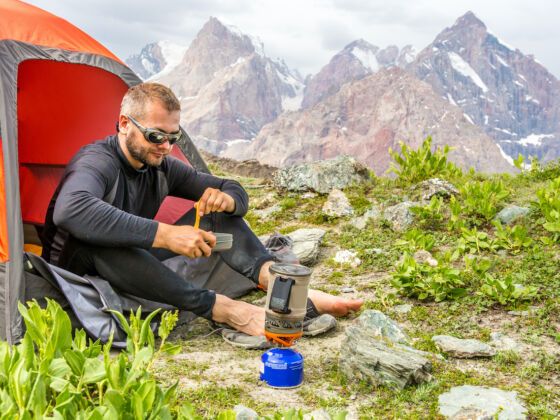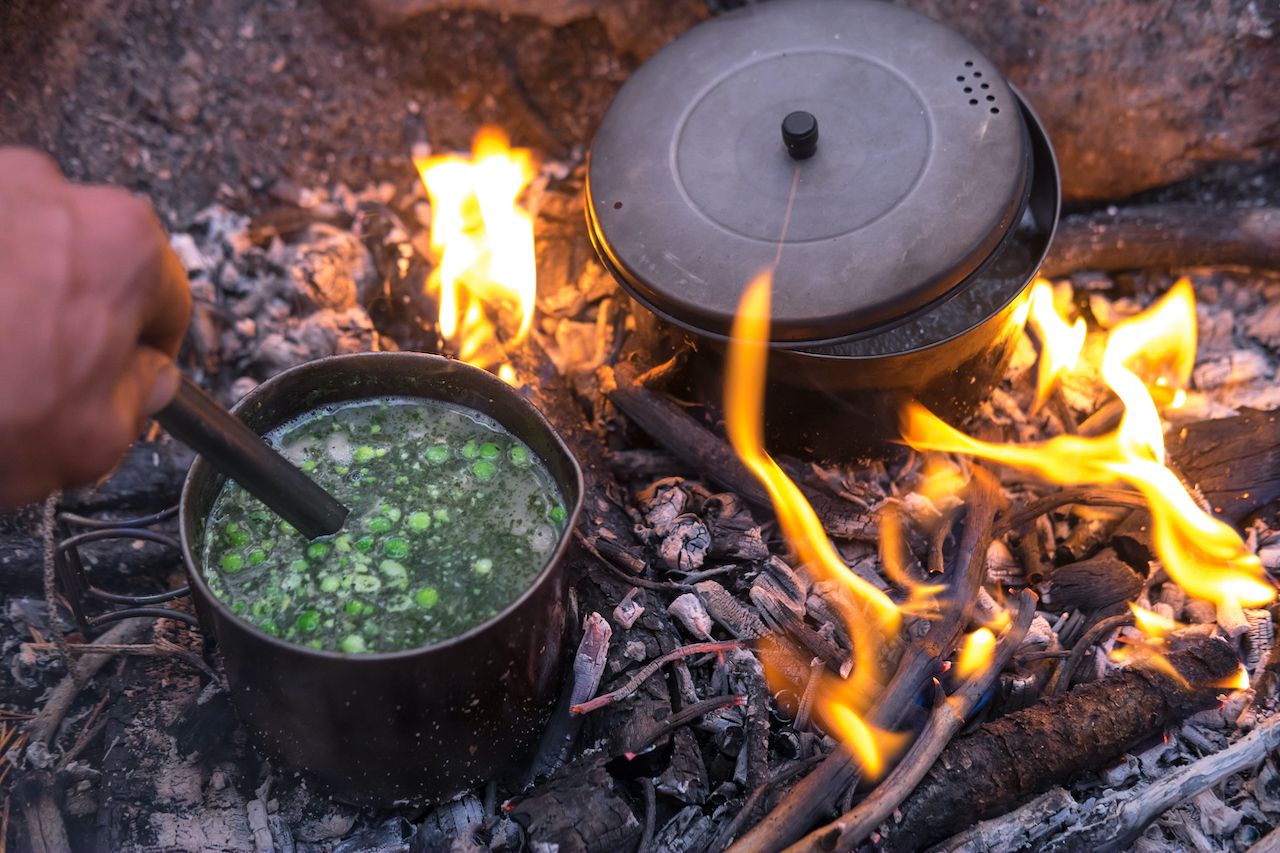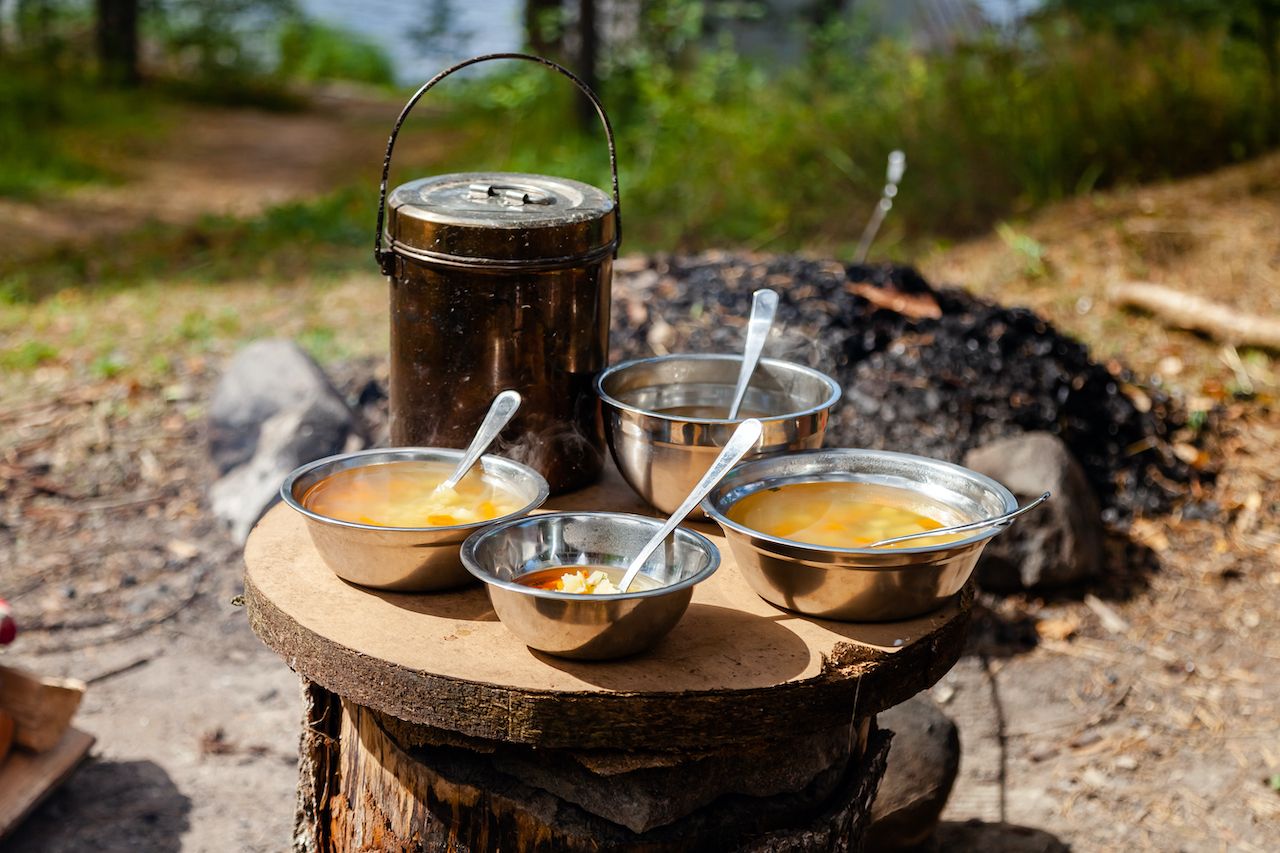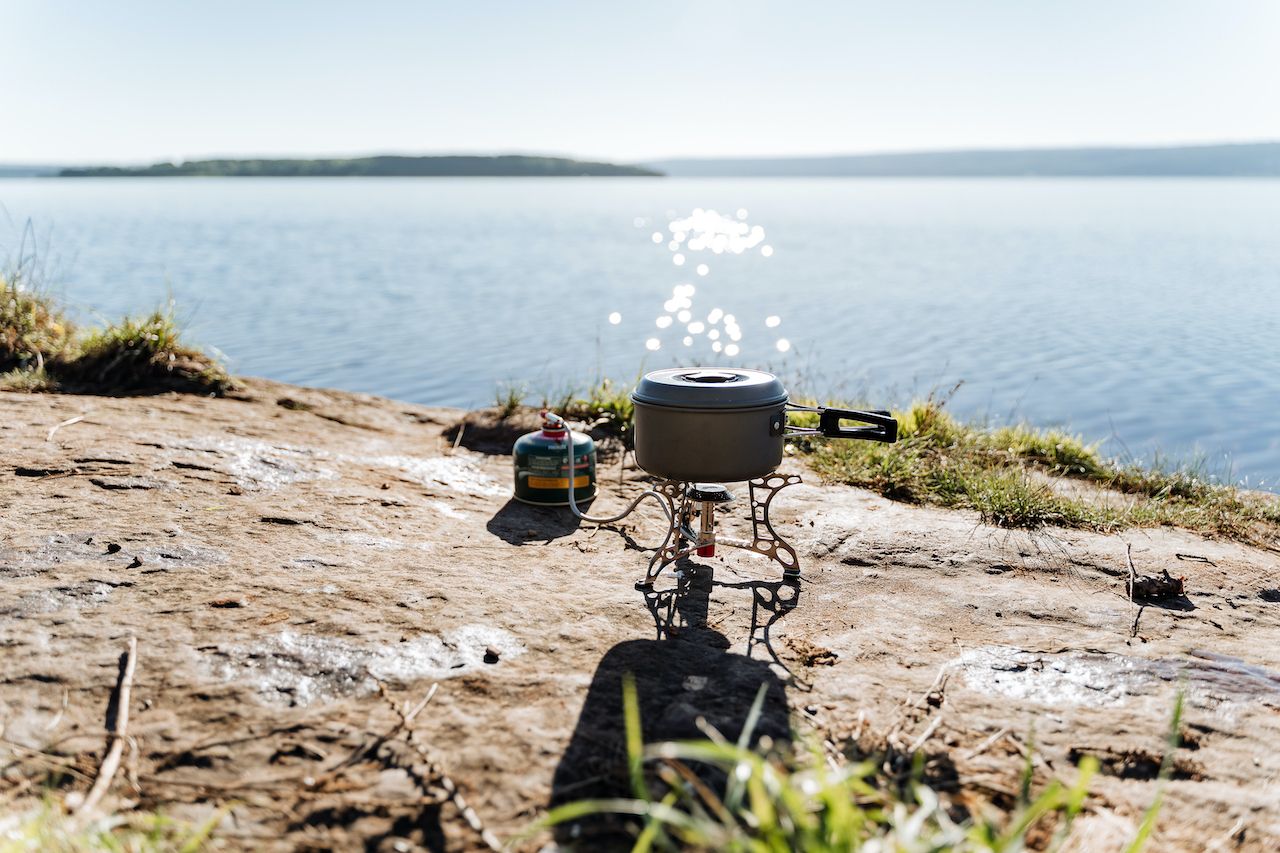Matador may collect a small commission from the links on this page if you decide to purchase one of the products recommended here.
Backpacking trips are, without a doubt, grand adventures, but they do come with one intimidating problem. Trudging through the wilderness for days on end requires hikers to be well-fed, but because they’re limited to what they carry in their packs, many backpackers only bring foods designed to satisfy their basic nutritional needs. Protein bars, trail mix, instant oatmeal. These foods provide sustenance but little comfort.



